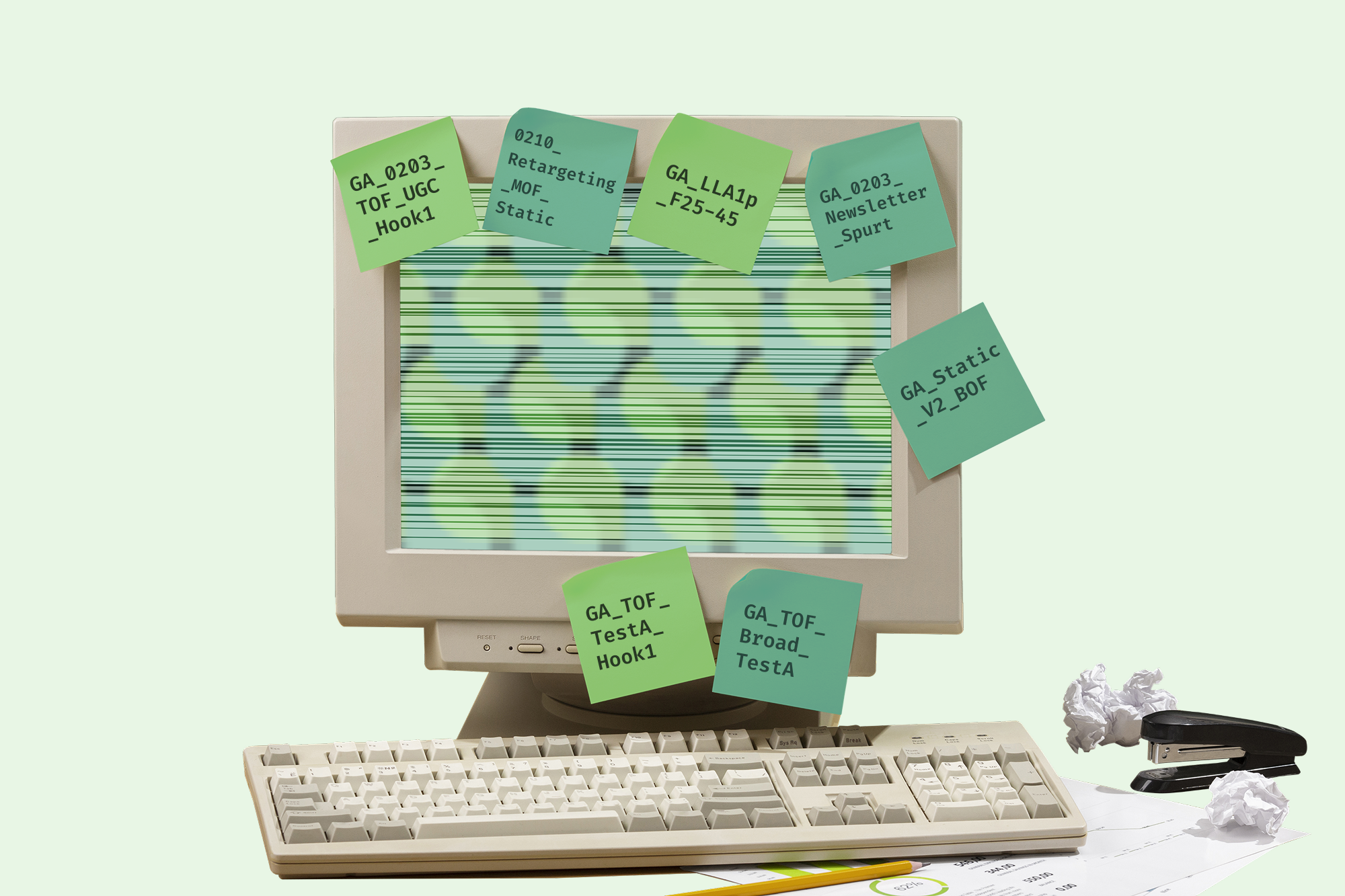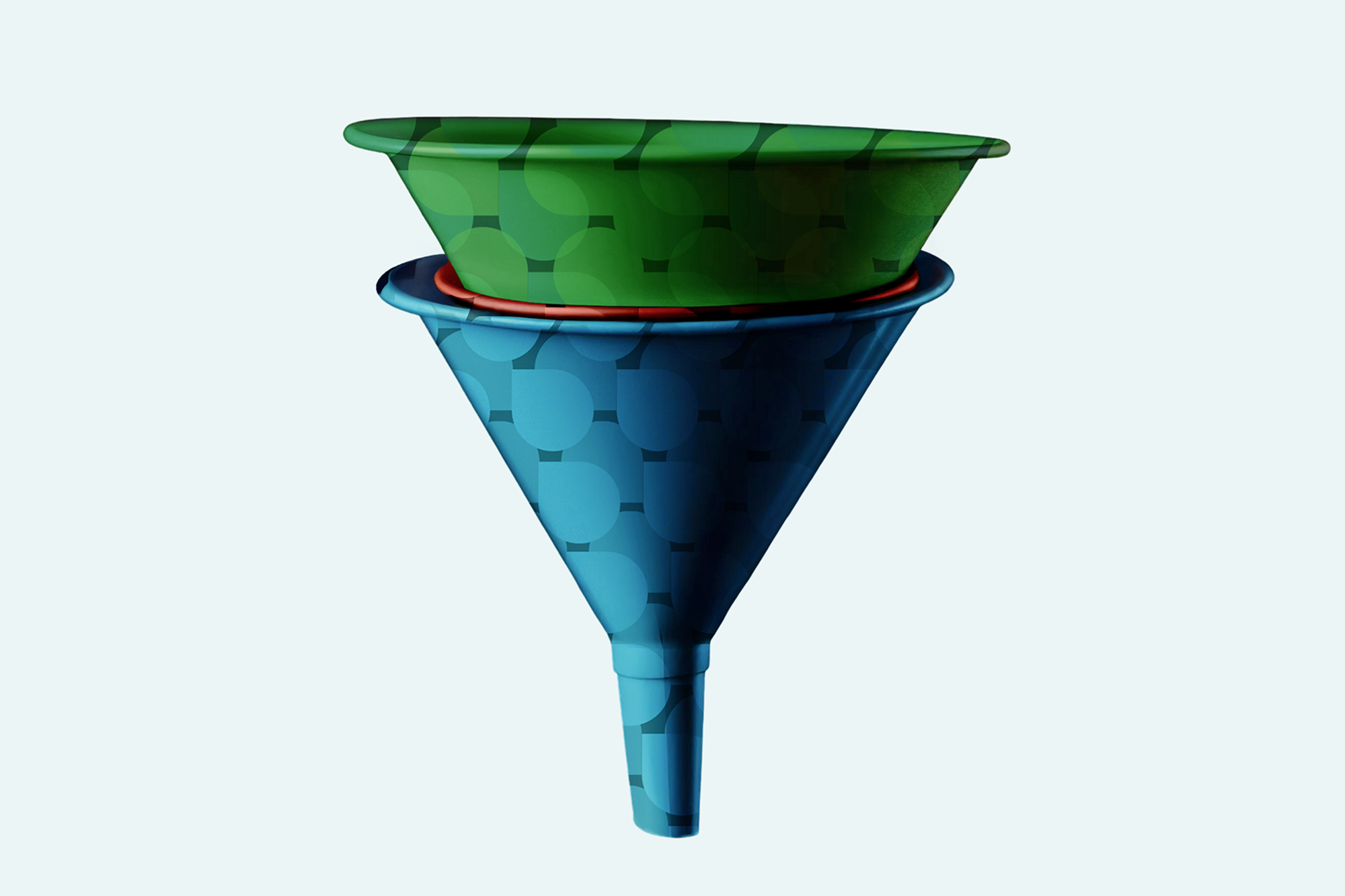Every creative agency faces the same challenge: how to grow without losing what makes it unique.
As client expectations rise and workflows evolve, agencies must rethink how their teams are structured. The most successful leaders are not just hiring more people. They are redesigning how their creative agency operates.
This guide explores the modern approach to creative agency org design, why it matters, and how to evolve your structure to scale creativity, speed, and sustainability.
What Is Creative Agency Org Design?
Creative agency org design is the process of structuring your teams to balance innovation with operational efficiency.
It goes beyond job titles and hierarchies. True org design focuses on creating systems, workflows, and communication loops that help creativity thrive while maintaining accountability.
In short:
- Too much structure limits creative ideas.
- Too little structure leads to confusion and burnout.
- The right balance helps creative agency teams produce great work consistently.
The Three Models of Creative Agency Structure
Every creative agency fits somewhere between two extremes: highly structured or fully flexible. Understanding where your agency sits helps you plan the next stage of growth.
1. The Foundry (Mechanistic Model)
This is a production-focused creative agency model that values precision, predictability, and speed. It works well for agencies that manage repetitive deliverables such as social ads, product images, or landing pages.
Pros: Clear roles, consistent output, and efficient workflows.
Cons: Less room for creative experimentation.
2. The Studio (Hybrid Model)
The classic creative agency structure built around departments such as design, copywriting, strategy, and media. Teams collaborate on projects but rely on department heads to align output.
Pros: A healthy mix of creativity and structure.
Cons: Bottlenecks often occur when approvals depend on senior leads.
3. The Hive (Organic Model)
A flexible, pod-based structure where small cross-functional teams operate independently. Each pod includes strategists, designers, and account leads who manage campaigns end to end.
Pros: Fast, adaptive, and collaborative.
Cons: Requires strong communication habits and clear accountability.
How to Evolve Your Creative Agency Org Design
As your creative agency grows, your structure must evolve with it. Here is a step-by-step approach to refining your design.
Step 1: Map the Work
Before changing roles or processes, map your workflows. Identify where delays occur. Are they in client approvals, creative production, or communication?
Understanding these pain points helps improve creative agency operations strategically.
Step 2: Identify Repeatable Tasks
Every team has routine tasks that slow progress. Designers resize assets, strategists update documents, and project managers track revisions.
These responsibilities can be automated or delegated through GrowthAssistant’s embedded global talent model to keep your core team focused on creativity.
Step 3: Test Pods or Micro Teams
Experiment with smaller, cross-functional teams that manage campaigns from start to finish. Each pod should have one lead, one designer, one strategist, and support for project management.
This structure keeps your creative agency teams agile and collaborative.
Step 4: Document and Improve Continuously
Treat your structure as a living system. Encourage team feedback and document what works. Regular reflection helps your creative agency stay efficient as it scales.
Case Example: Scaling Without Losing Creative Culture
A mid-size creative agency partnered with GrowthAssistant to embed global marketing and operations assistants into its pods.
The results:
- 60 percent increase in production efficiency
- Creative leads gained more time for strategy and innovation
- Clients experienced faster turnaround and improved communication
By delegating repeatable work to skilled assistants, the agency preserved its creative culture while improving delivery speed and capacity.
Why Creative Agency Org Design Matters in 2025
Today’s creative agencies balance hybrid work models, AI-driven tools, and fast-changing client needs. Without clear structure, even talented teams risk burnout and inconsistent output.
A thoughtful creative agency structure ensures your agency is:
- Scalable: Capable of growing without breaking workflows
- Sustainable: Reducing stress while maintaining quality
- Strategic: Allowing leaders to focus on creativity and growth
How GrowthAssistant Supports Creative Agencies
GrowthAssistant helps creative agencies scale without adding unnecessary overhead. By embedding full-time global talent directly into your teams, we handle execution while your creatives focus on storytelling, design, and client experience.
Whether you are building pod-based teams or streamlining your production process, GrowthAssistant gives your agency the flexibility to grow with confidence.
Learn how GrowthAssistant can help your creative agency scale faster and operate more efficiently.






.svg)


